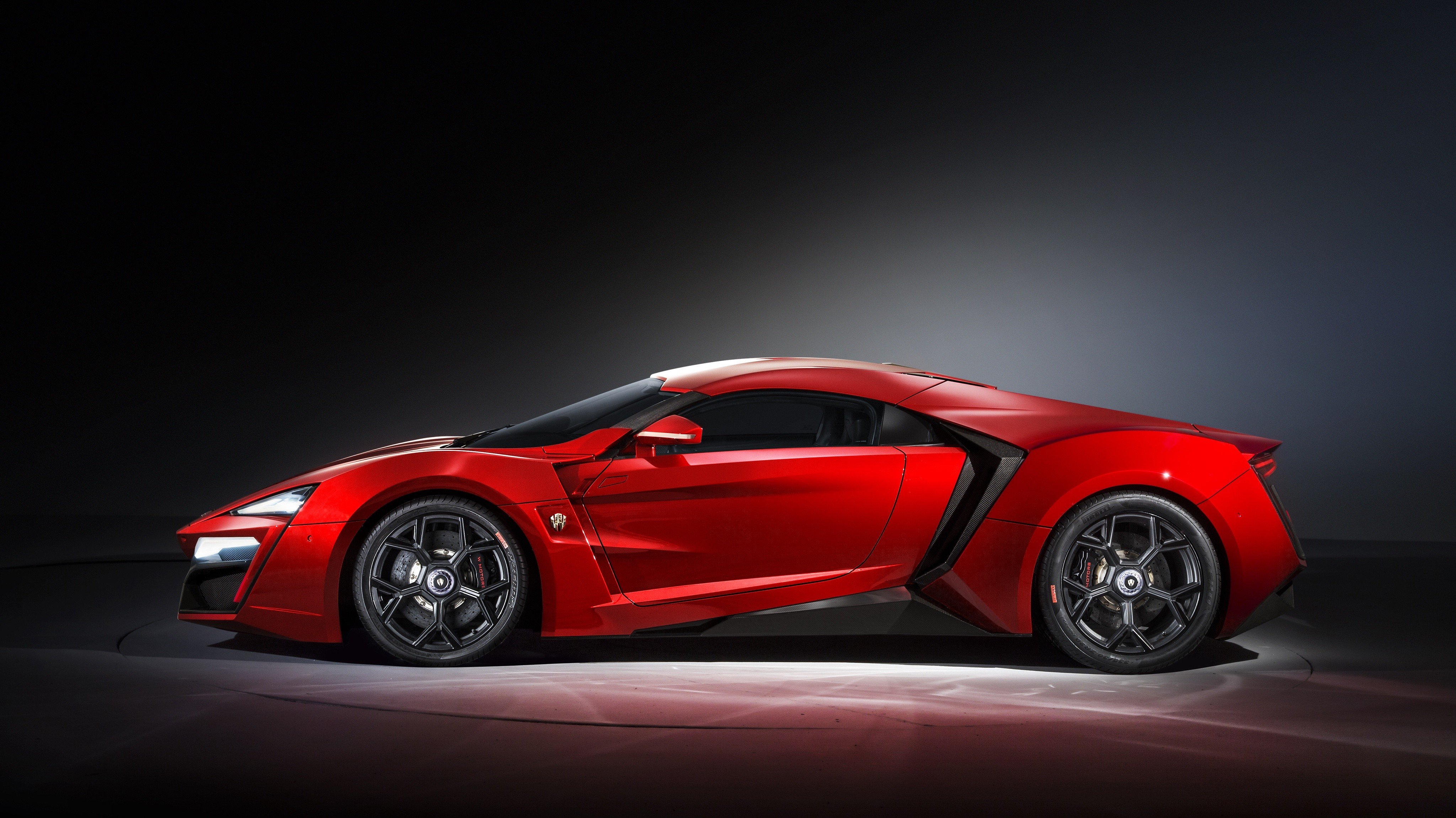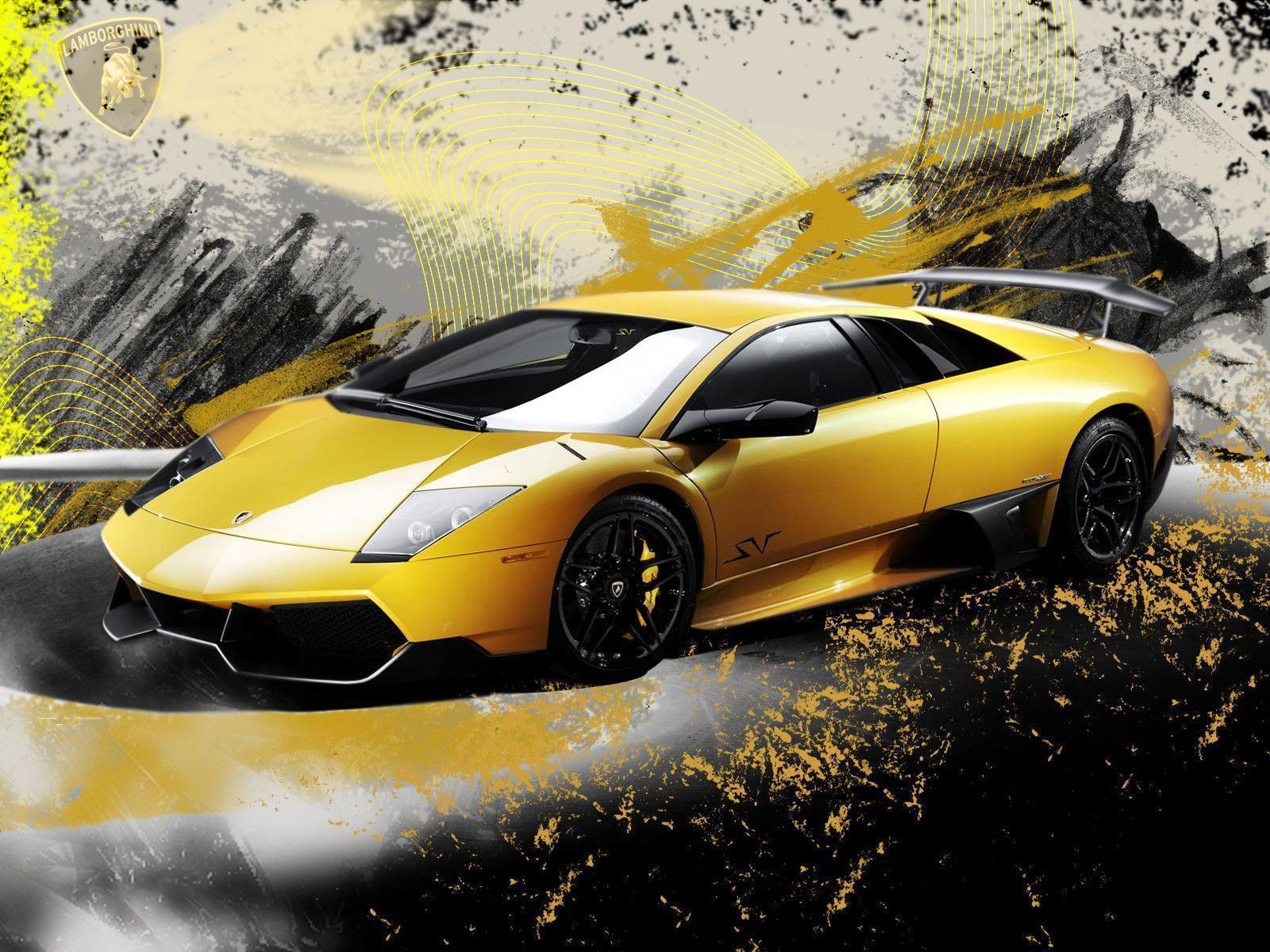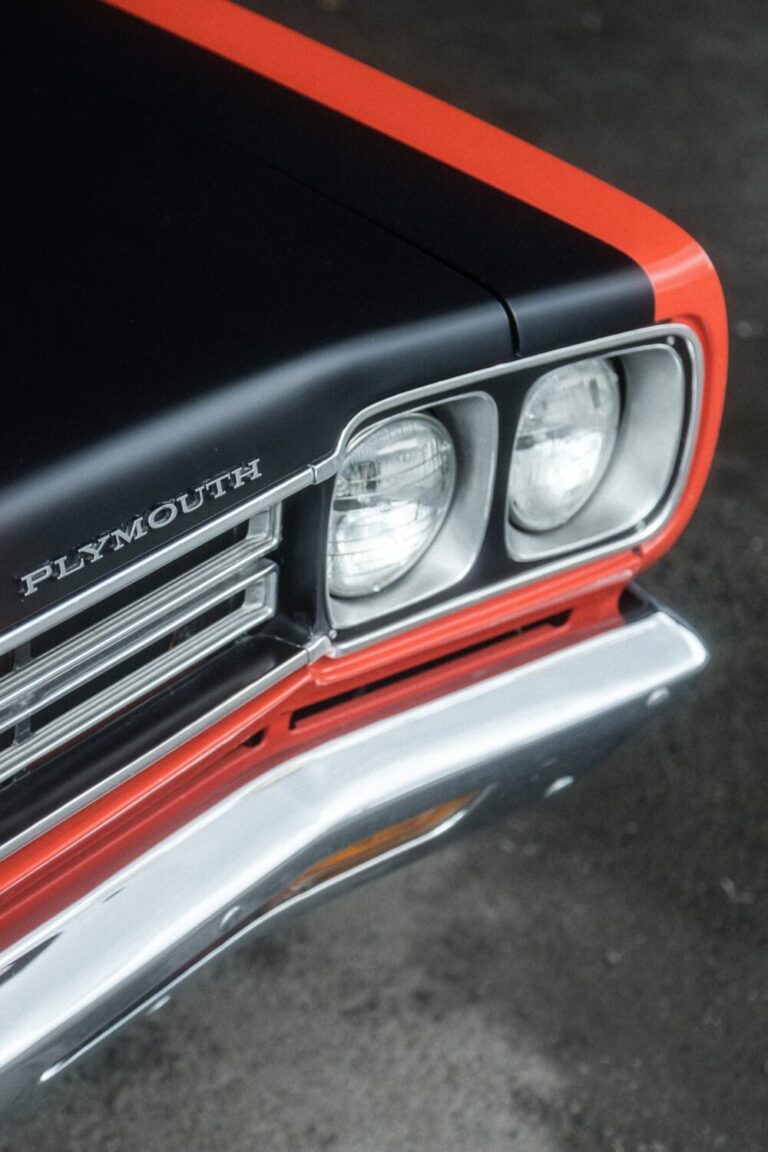Car Brands With O: A Comprehensive Guide to Automotive Names Beginning with "O"
Car Brands With O: A Comprehensive Guide to Automotive Names Beginning with "O" cars.truckstrend.com
The automotive world is a vast tapestry woven with thousands of brand names, each carrying its own unique history, innovations, and market presence. While some letters of the alphabet boast a plethora of famous marques, others present a more exclusive club. The letter "O" falls into the latter category, hosting a select few brands that have left, or are currently leaving, their indelible mark on the global automotive landscape. From venerable American giants that shaped an era to resilient European stalwarts and burgeoning Asian electric vehicle pioneers, the car brands beginning with "O" offer a fascinating glimpse into the industry’s past, present, and future.
This comprehensive guide will delve into the stories, significance, and offerings of the most prominent car brands with "O," providing a detailed overview for enthusiasts, prospective buyers, and anyone curious about the diverse world of automobiles. We will explore their origins, key models, market positions, and the unique challenges and opportunities each brand faces.
Car Brands With O: A Comprehensive Guide to Automotive Names Beginning with "O"
Opel: The German Engineering Stalwart
Opel, officially Adam Opel AG, stands as arguably the most globally recognized car brand starting with "O." Founded in 1862 by Adam Opel, the company initially produced sewing machines and bicycles before venturing into automobile manufacturing in 1899. Opel’s journey has been one of innovation, resilience, and adaptability, deeply intertwined with the industrial history of Germany and, for a significant period, the global strategies of General Motors.
History and Evolution:
Opel’s early automotive success was built on sturdy, reliable vehicles. In 1929, General Motors acquired a majority stake, integrating Opel into its vast global empire. Under GM’s ownership, Opel became GM’s leading European brand, known for its robust engineering, practical designs, and affordability. Models like the Kadett, Rekord, and later the Astra and Corsa, became household names across Europe, embodying German efficiency and widespread appeal.
However, decades of challenging market conditions and internal struggles at GM led to Opel being sold to the PSA Group (now part of Stellantis) in 2017. This marked a significant turning point, allowing Opel to regain profitability and revitalize its product lineup, with a strong focus on shared platforms and electrification.
Key Models and Innovations:
Opel has a rich heritage of producing popular and influential models:
- Opel Kadett: A long-running series, from the 1930s to the 1990s, known for its compact size and reliability, laying the groundwork for the Astra.
- Opel Rekord/Omega: Mid-size and executive cars that defined Opel’s larger offerings for decades.
- Opel Corsa: A highly successful supermini, competing directly with the Ford Fiesta and Volkswagen Polo. Its electric variant, the Corsa-e, is a key player in Opel’s electrification strategy.
- Opel Astra: The successor to the Kadett, a popular compact family car known for its balanced performance and practicality. The Astra-e is also now available.
- Opel Mokka: A stylish compact SUV, also available as the electric Mokka-e, showcasing Opel’s modern design language.
- Opel Insignia: The brand’s flagship mid-size car, offering comfort and technology.


Opel has also been at the forefront of several technological innovations, including independent suspension systems, diesel engines for passenger cars, and advanced safety features. Under Stellantis, Opel is rapidly transitioning to an all-electric future, aiming to offer an electrified version of every model by 2024 and become fully electric in Europe by 2028.
Current Market Position and Future:
Today, Opel maintains a strong presence in the European market, including the UK where its cars are sold under the Vauxhall brand (a sister brand with virtually identical models). Under Stellantis, Opel has streamlined its operations, leveraging shared platforms and technologies to improve efficiency and profitability. Its focus on electrification, including battery electric vehicles (BEVs) and plug-in hybrids (PHEVs), positions it well for the evolving automotive landscape. Opel aims to be a leader in sustainable mobility, combining its German engineering prowess with cutting-edge electric technology.

Benefits of Owning an Opel:
- Practicality and Reliability: Known for solid, dependable engineering.
- Value for Money: Often offers a good balance of features, quality, and price.
- Modern Technology: Equipped with contemporary infotainment, safety, and driver-assistance systems.
- Growing EV Range: Increasingly offering compelling electric vehicle options with competitive ranges.
- Strong European Dealer Network: Extensive support and service infrastructure in its primary markets.
Challenges:
- Brand Perception: Overcoming the legacy of past financial struggles and re-establishing a premium image in a highly competitive market.
- Transition to EV: Managing the complex shift from internal combustion engines to electric powertrains, including battery supply and charging infrastructure.
- Global Expansion: While strong in Europe, Opel’s global reach is limited compared to some competitors.
Oldsmobile: An American Automotive Legend (and its Demise)
Oldsmobile, founded by Ransom E. Olds in 1897, holds a revered place in American automotive history as one of the country’s oldest car brands. For over a century, Oldsmobile was a beacon of innovation, performance, and accessible luxury, playing a pivotal role in the early days of mass automobile production and later as a key division of General Motors.
Founding and Golden Age:
Ransom E. Olds was a visionary who introduced the "Curved Dash Olds" in 1901, often cited as the first mass-produced automobile using an assembly line, predating Henry Ford’s Model T. In 1908, Oldsmobile became one of the founding divisions of General Motors (GM), joining Buick and Cadillac.
Throughout the 20th century, Oldsmobile was a consistent innovator within GM. It introduced the Hydra-Matic, the first truly automatic transmission in 1940, a groundbreaking development that revolutionized driving convenience. The brand was known for its powerful V8 engines, distinctive styling, and a position within GM’s hierarchy that sat above Chevrolet and Pontiac, but below Buick and Cadillac, appealing to upwardly mobile families and professionals.
Iconic Models:
Oldsmobile produced a long line of memorable vehicles:
- Curved Dash Olds (1901-1907): The pioneering mass-produced car.
- Oldsmobile 88 (1949-1999): A long-running full-size series, known for its "Rocket" V8 engine, which ushered in the muscle car era.
- Oldsmobile Cutlass (1961-1999): Perhaps the brand’s most popular model, evolving from a compact to a highly successful mid-size and then a range of variants, including the legendary 442 muscle car.
- Oldsmobile Toronado (1966-1992): A bold, innovative personal luxury coupe, notable for being the first mass-produced American front-wheel-drive car since the Cord of the 1930s.
- Oldsmobile Aurora (1995-2003): A stylish, technologically advanced sedan that represented a late attempt to revitalize the brand’s image.
Decline and Discontinuation:
Despite its storied past, Oldsmobile faced increasing challenges from the 1980s onwards. A lack of clear brand identity within GM’s crowded lineup, often sharing platforms and designs with other divisions, led to "badge engineering" and customer confusion. Its demographic aged, and attempts to appeal to younger buyers often fell flat. Sales steadily declined, and GM, facing financial pressures and a need to streamline its brands, announced in 2000 that Oldsmobile would be phased out. The last Oldsmobile, an Alero sedan, rolled off the assembly line in April 2004, marking the end of a 107-year legacy.
Legacy and Collectibility:
Although no longer in production, Oldsmobile cars remain popular among classic car enthusiasts. Models like the 442, Toronado, and various Cutlass iterations are highly sought after for their historical significance, performance, and distinctive American design. Oldsmobile’s contributions to automotive technology, particularly the automatic transmission and its early adoption of V8 power, continue to be recognized as foundational to the modern automobile.
Considerations for Enthusiasts:
- Parts Availability: While many components shared with other GM models are still available, specialized Oldsmobile parts can be challenging to source.
- Maintenance: Requires knowledge of vintage automotive systems; finding skilled mechanics is crucial.
- Investment: Certain rare or high-performance models can appreciate in value, but maintenance costs should be factored in.
Ora: The Electric Newcomer from China
Emerging from the burgeoning Chinese electric vehicle (EV) market, Ora is a relatively new brand that is rapidly gaining international attention. Launched in 2018, Ora is a sub-brand of Great Wall Motors (GWM), one of China’s largest and most innovative automotive manufacturers. Ora’s distinct strategy focuses on creating fashionable, compact, and affordable electric vehicles with a unique design philosophy.
Emergence of a New Player and Design Philosophy:
Ora’s entry into the market reflects a broader trend of Chinese automakers directly challenging established global players, particularly in the EV space. What sets Ora apart is its bold and often retro-futuristic design language, particularly evident in its "Cat" series of models. These cars are designed to be quirky, charming, and appealing to a younger, more fashion-conscious demographic, often featuring playful names like "Good Cat," "Ballet Cat," and "Punk Cat."
Key Models and Features:
- Ora Good Cat (known as Funky Cat in some markets): This is Ora’s flagship model and the most widely exported. It’s a compact hatchback that blends retro styling with modern EV technology. Features include a comfortable interior, advanced driver-assistance systems, decent range (typically 300-400 km WLTP, depending on battery size), and competitive pricing.
- Ora Ballet Cat: Designed with a distinctly retro aesthetic reminiscent of a Volkswagen Beetle, this model specifically targets female drivers, incorporating features like a "Warm Man Mode" (for menstrual comfort) and a selfie camera.
- Ora Punk Cat: A more pronounced retro design, also evoking the Beetle, positioned as a quirky and fun urban EV.
Market Strategy and Global Ambitions:
Ora’s primary market is China, where it competes in the highly competitive compact EV segment. However, the brand has ambitious plans for international expansion, particularly into Europe, Australia, and parts of Southeast Asia. Its strategy relies on offering attractively designed, feature-rich, and affordable EVs that stand out from more conventional competitors. By leveraging GWM’s manufacturing capabilities and supply chains, Ora aims to scale quickly and establish a foothold in new markets.
Benefits of Ora EVs:
- Distinctive Design: Stands out with unique, often retro-inspired aesthetics.
- Affordable EV Entry: Offers a more accessible price point for electric vehicle ownership compared to many Western brands.
- Modern Features: Equipped with contemporary infotainment, connectivity, and safety technologies.
- Urban Practicality: Compact dimensions make them ideal for city driving and parking.
- Environmental Friendliness: Zero-emission vehicles contribute to cleaner air.
Challenges:
- Brand Recognition: As a new entrant, Ora needs to build trust and awareness outside of China.
- Charging Infrastructure: While improving, access to reliable charging can still be a concern in some markets.
- Resale Value: Being a new brand, long-term resale value is yet to be established.
- Perception of Chinese Brands: Overcoming historical biases or concerns about quality and safety in some Western markets.
Important Considerations for "O" Brand Enthusiasts and Buyers
Understanding the nuances of each "O" brand is crucial for anyone considering a purchase or simply exploring their historical significance.
- For Opel Buyers: Focus on their modern lineup, especially their growing range of electric vehicles. Research local dealer support, service networks, and spare parts availability, particularly if you’re outside of Europe. Opel’s integration into Stellantis means access to a broader parts bin and technology sharing, which is a positive.
- For Oldsmobile Enthusiasts: Be prepared for the commitment of owning a classic car. This includes sourcing specific parts, finding mechanics knowledgeable in vintage vehicles, and understanding that daily driving might not be feasible for all models. Join owner clubs and online forums for invaluable advice and community support.
- For Ora Prospects: As a relatively new brand, due diligence is key. Research their local distribution and service network. Pay attention to battery warranty, charging compatibility, and the availability of parts for accident repair. While initial reviews are positive, the long-term reliability and support infrastructure are still developing outside of China.
Practical Advice and Actionable Insights
- Define Your Needs: Are you looking for a modern daily driver, a classic collector’s item, or an eco-friendly urban commuter? Each "O" brand caters to different segments.
- Research Thoroughly: Dive deep into specific models. For Opel and Ora, read contemporary reviews, check crash test ratings (like Euro NCAP), and understand their warranty terms. For Oldsmobile, consult classic car guides, historical documentation, and expert opinions.
- Test Drive (Where Possible): For new Opels and Oras, a test drive is essential to assess driving dynamics, comfort, and technology. For Oldsmobiles, if you’re considering a purchase, ensure a pre-purchase inspection by a trusted classic car mechanic.
- Consider Total Cost of Ownership: Beyond the purchase price, factor in insurance, maintenance, fuel/electricity costs, and potential depreciation (or appreciation for classics).
- Engage with Communities: Online forums and owner groups for Opel, Oldsmobile, and increasingly Ora, are excellent resources for real-world experiences, troubleshooting, and advice.
Pricing Table: Car Brands With O
Given the diverse nature of these brands (defunct, regional, and emerging), pricing varies significantly. The table below provides estimated ranges based on new models (where applicable) and the classic car market. Prices are highly variable based on condition, trim, region, and market demand.
| Brand | Key Models | Est. New Price Range (USD) * | Est. Used Price Range (USD) ** | Market Focus / Status | Notes |
|---|---|---|---|---|---|
| Opel | Corsa, Astra, Mokka, Insignia | $20,000 – $45,000 | $5,000 – $35,000 (3-7 years old) | Europe, UK, etc. | Strong push for electrification; known for practicality & reliability. |
| Oldsmobile | Cutlass, Aurora, 442, Toronado | N/A (Defunct since 2004) | $5,000 – $70,000+ (Classic/Collectible) | North America (Historical) | Prices depend heavily on model rarity, condition, and historical significance. |
| Ora | Good Cat (Funky Cat), Ballet Cat | $15,000 – $30,000 | N/A (Too New for established used market) | China, Europe, Asia | EV-only brand; distinctive, retro-inspired design; affordable entry to EVs. |
- Estimated New Price Range (USD): These are approximate ranges for base to mid-range models, converted from European/Chinese market prices. Actual prices will vary by country, trim level, and options.
- Estimated Used Price Range (USD): These ranges are highly generalized. Used car prices depend heavily on age, mileage, condition, and market demand.
Concluding Summary
The world of car brands beginning with "O" might be small, but it is remarkably diverse and historically significant. From Oldsmobile, an American pioneer that defined an era of innovation before its eventual sunset, to Opel, a German engineering powerhouse that has successfully navigated ownership changes and is now charting an electric future, and finally to Ora, a vibrant new Chinese entrant shaking up the EV market with its unique blend of style and affordability.
Each of these brands tells a compelling story of automotive evolution, adaptation, and the relentless pursuit of meeting changing consumer demands. While Oldsmobile’s legacy lives on in the hearts of classic car enthusiasts, Opel and Ora continue to push the boundaries, demonstrating that even a letter with few brands can hold immense importance in the dynamic narrative of the global automotive industry.
Frequently Asked Questions (FAQ)
Q1: Are there many car brands starting with "O"?
A1: No, relatively few globally recognized car brands start with the letter "O" compared to other letters like "F" (Ford, Ferrari, Fiat) or "M" (Mercedes-Benz, Mazda, Mitsubishi). The most prominent are Opel, Oldsmobile, and Ora.
Q2: Is Oldsmobile still in production?
A2: No, Oldsmobile was discontinued by General Motors in April 2004 after 107 years of production. It remains a classic American car brand.
Q3: Where are Opel cars made?
A3: Opel cars are primarily manufactured in Germany (e.g., Rüsselsheim, Eisenach) and other Stellantis plants across Europe (e.g., France, Spain, Poland).
Q4: What is Ora?
A4: Ora is a Chinese electric vehicle (EV) brand, launched in 2018, that is a sub-brand of Great Wall Motors (GWM). It specializes in producing stylish, compact, and affordable EVs.
Q5: Can I buy an Oldsmobile today?
A5: Yes, you can buy Oldsmobile vehicles today through the classic and used car markets. Many models, especially performance-oriented ones like the 442 or popular Cutlass variants, are sought after by collectors and enthusiasts.
Q6: What’s the main appeal of Ora vehicles?
A6: Ora vehicles are primarily appealing for their distinctive, often retro-futuristic design, their positioning as affordable electric vehicles, and their modern features and technology.
Q7: Is Vauxhall the same as Opel?
A7: Largely, yes. Vauxhall is the British sister brand to Opel. For many years, Vauxhall models were rebadged Opels (or shared platforms and designs). Today, Vauxhall continues to sell vehicles that are virtually identical to Opel models in the UK market.



